Authors: Dr Venkatesh T Lamani, Swapnil K SinghBMS College of Engineering, Bull Temple Rd, Basavanagudi, Bengaluru, Karnataka, India 560019 Bubbles are a common occurrence in liquids, ranging from the simple rising ones to the turbulent ones that playfully form. However, behind their seemingly innocent façade lies a lesser-known and more complex side—cavitation bubbles. These unassuming bubbles possess the capacity to wreak havoc, generating destructive shock waves, emitting bursts of light, and even exhibiting unique chemical properties. In this article, we will delve into the intricate mechanics of cavitation bubbles, shedding light on their rapid collapse phase and the fascinating behaviours that accompany it. Cavitation bubbles undergo a sequence of stages, each contributing to their overall behaviour. It all begins with the inception of minuscule gas or vapor pockets known as nuclei within the liquid. These nuclei can emerge from various sources such as dissolved air, impurities, or surface irregularities. As the liquid traverses areas of lower pressure, these nuclei gradually expand into larger bubbles due to vaporisation—a process akin to boiling, yet without the actual boiling point being reached. The movement of cavitation bubbles is governed by the interplay between forces within the fluid flow and the intrinsic characteristics of the bubbles themselves. Forces such as drag, buoyancy, pressure gradients, and interactions with solid surfaces dictate their trajectories. Some bubbles ascend due to buoyancy, while others become entrapped in turbulent flows, swirling unpredictably. Along their trajectory, pressure gradients act as guiding forces, steering the bubbles in specific directions. Yet, the most intriguing facet of cavitation bubbles lies in their eventual collapse. As these bubbles transition from low-pressure regions to areas of higher pressure, they face escalating external pressure. This rapid compression leads to their dramatic collapse, referred to as the bubble collapse phase. During this phase, the confined space witnesses the generation of extreme pressures and temperatures, resulting in the formation of shock waves, microjets, and even flashes of light. This release of energy significantly contributes to the inherently destructive nature of cavitation, capable of causing damage to nearby surfaces. The collapse transpires in a fleeting instant, lasting only microseconds. The energy unleashed results in temperatures surpassing the sun's surface heat and pressures that rival the deepest ocean trenches. Shock waves and microjets formed in this dramatic event have the power to erode metals, damage propellers, and influence chemical reactions within the surrounding liquid. Researchers are particularly enthused by the potential applications of this released energy, spanning from catalysing intricate chemical reactions to advancing medical treatments.
Despite extensive research, comprehending the intricate dynamics of cavitation bubbles remains a formidable challenge. The intricate dance of fluid dynamics, coupled with the unpredictable nature of turbulence, renders achieving comprehensive understanding an ongoing pursuit. Researchers employ numerical simulations and experiments to gain insights, yet many aspects of this phenomenon are still awaiting exploration. Unravelling the mechanisms underlying bubble collapse and its aftermath stands as a continuing endeavour, driven by the desire to harness its energy while mitigating its potential harm. InnovaSpace Journal Club #1 Report: Jugular Venous Blood Flow Stasis & Thrombosis During Spaceflight4/2/2023
Author: Lucas RehnbergNHS Doctor - Anaesthetics & Intensive Care | MSc Space Physiology & Health Extremely pleased to report on the 1st InnovaSpace Journal Club meeting that had the participation of a very international audience, with attendees from Belgium, Brazil, India, Israel, Italy, Romania, and UK! Thank you to all those who attended and look forward to future talks and discussions. For those who couldn’t attend, or are interested in the Space Journal Club, I have created a ‘one page’ summary of the paper we discussed. I have also added in the discussion points raised after the critical appraisal of the paper, together with links to additional reading material for anyone wishing to learn more. PAPER PRESENTED & DISCUSSED: HEADLINE: After 50+ years of spaceflight, the first documented venous thrombus in an astronaut identified - highlighting a new pathology, not previously diagnosed in astronauts. Who are the authors?
Experts in this field from several space agencies => NASA, IBMP (Russia), ESA Funding => NASA, under the Human research program. Part of the multi-institution international fluid shifts study. What is interesting about this paper/ Why would the medical space community be interested in this? New pathology, not diagnosed before. Potentially massive implications for future long duration missions. LBNP could potentially be a countermeasure to enhance venous blood flow or improve cerebral venous outflow. The research question. Loss of hydrostatic gradient and variation on Earth, sustained fluid redistribution. Effect on cerebral venous drainage/blood flow. Possible mechanism linked to SANS? Increased risk of clot formation due to static/retrograde flow? Aims:
Why is this research question important? Static/stagnant flow can predispose individuals to thrombus formation. Long lasting effects of thrombi for astronauts, potentially affecting crew performance (i.e. risk of anticoagulation, emboli, then leading to reduced performance affecting the crew and mission). The study design. Primary research => prospective cohort study (follow a similar patient group over time, comparing a particular outcome). Subjects were 11 astronauts, on the ISS. Method: Ultrasonographic assessment of left IJV (IJV are main conduits of cerebral drainage) - pre flight (3 positions, seated, supine & head down tilt) - at approximately D50 and D150 of spaceflight - with and without LBNP (approx the same days, Russian Chibis-M LBNP) Author: Lucas RehnbergNHS Doctor - Anaesthetics & Intensive Care | MSc Space Physiology & Health 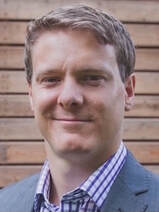 My name is Lucas, I am a doctor in the UK working in anaesthetics (or Anaesthesiology for any American readers) and intensive care medicine. I have had an interest in space medicine for over 10 years now, inspired by none other than Prof Thais Russomano who has mentored me over the years and still does. My Master’s dissertation (back in 2009) focused on CPR (cardiopulmonary resuscitation) methods in microgravity, with my continued research interest surrounding critical care in space. I am careful to say that I am a doctor with an interest in space medicine and physiology, as opposed to a ‘Space Doctor’ – as there are many individuals out there who have committed many more years than I have to this field and are vastly more experienced than I am! A club I aspire to join one day. The idea of this blog, or series of blogs, is to look at some of the latest research in space physiology and space medicine, then consider how this will play out clinically. With a particular focus on critical care and potentially worst-case scenarios when in space (or microgravity environment). Something all doctors will have done in their careers; we are equipped with the skills to critically appraise papers and then ask if they are clinically relevant, or how will it change current practice. Over the last 60 (ish) years of human space flight, there is lots of evidence to show that there are many risks when the human body has prolonged exposure to microgravity, which can affect most body systems – eyes, brain, neuro-vestibular, psychological, heart, muscle, bone, kidneys, immune system, vasculature, clotting and even some that we haven’t fully figured out yet. But then what needs to be done is to tease out how clinically relevant are these from the research, how could that potentially play out if you were the doctor in space, then how to mitigate that risk and potentially treat it.
Authors: The Team: Life - To & BeyondAn initiative to carry out research & outreach activities related to Astrobiology & Space-allied Studies 'Life' is the most dynamic entity known to humanity and is central to our existence. In this, 'Space Sciences' is one of the most multi-disciplinary fields of human endeavour. Therefore, to celebrate the interdependence between 'Life' and 'Space', we, as a group of space enthusiasts, initiated a non-profit community named "Life- To & Beyond" or "L-T&B" on the 8th of February, 2022. Why us? Life- To implies Astrobiology, i.e. the scientific study of the origin, evolution, and distribution of life in the cosmos, and Life- Beyond implies Space-Allied Studies, i.e. humanity's current efforts to move beyond our planet and simultaneously conserve its novelty. Thus, as our name implies, we aspire to figure out more about Life and Space, which, in turn, are the two sides of the same coin, known as the 'Universe'. Our Vision and Mission:
We, the members of team L-T&B, firmly believe that 'to explore is to be Human', and so, we rejoice 'Life' as a 'Cosmic Phenomenon' by attempting to: • Figure out the chronicle of our past (i.e. from the big bang and even beyond to conscious life on earth); • Work on our present (i.e. our current efforts to move beyond our planet and at the very same time conserve its unique richness); and • Create a glorious future for humans (i.e. our ultimate fate in the universe). Furthermore, we have the vision to generate awareness and create an impact in every community and country in the world by creating local or accessible opportunities for learning and research concerning Space sciences and STEAM fields with a special focus on Astrobiology and Space-Allied Studies (i.e., Space Pharmacy, Space Biotechnology, Analog missions, Space robotics, space architecture, etc.). To turn our vision into a reality, we vow to engage in Research, Communication, and Outreach concerning our focus areas. Additionally, to spice up our enterprise, we work towards bringing about an intra-, inter-, multi-, and trans-disciplinary approach in whatever we do, including making quality education and research opportunities (and facilities) available to all. To fuel this initiative, we have taken the onerous on us to share information about events and opportunities related to space sciences with all. Cardiopulmonary resuscitation (CPR) is a well-established part of basic life support (BLS), having saved countless lives since its first development in the 1960s. External chest compressions (ECCs), which form the main part of BLS, must be carried out until Advanced Life Support can begin. It is essential that ECCs are performed to the correct depth and frequency to guarantee effectiveness. The absence of gravity during spaceflight means that performing ECCs is more challenging. The likelihood of a dangerous cardiac event occurring during a space mission is remote, however, the possibility does exist. Nowadays, the selection process for space missions considers individuals at ages and with health standards that would have prohibited their selection in the past. With increased age, less stringent health requirements, longer duration missions and increased physical labour, due to a rise in orbital extravehicular activity, the risk of an acute life-threatening condition occurring in space has become of greater concern. The advent of space tourism may even enhance this possibility, with its popularity set to rise over the coming years as private companies test their new technology. Therefore, space scientists and physicians will have a greater responsibility to ensure space travellers, whether professional astronauts or space tourists, are adequately trained and familiarised with extraterrestrial BLS and CPR methods. Recently, work has been undertaken to develop methods of basic and advanced life support in microgravity and hypogravity, and several CPR techniques have been developed and tested. This blog presents one of these, the Evetts-Russomano MicroG CPR Method. Evetts-Russomano MicroG CPR Method In the Evetts-Russomano (ER) method, the rescuer can respond immediately, as it requires no additional CPR equipment/medication or the use of a restraint system. To assume the position, the rescuer places their left leg over the right shoulder of the patient and their right leg around the patient’s torso, allowing their ankles to be crossed approximately in the centre of the patient’s back; this is to provide stability and a solid platform against which to deliver force, without the patient being pushed away. From this position, chest compressions can be performed while still retaining easy access to perform ventilation. When adopting the ER CPR method, the rescuer must be situated in a manner that also allows sufficient space on the patient’s chest for the correct positioning of their hands to deliver the chest compressions. Extraterrestrial CPR simulation The main difference between extraterrestrial and terrestrial CPR is the strength of the gravitational field. In microgravity, patient and rescuer are both essentially weightless. When thinking about the technique of terrestrial CPR, with the rescuer accelerating their chest and upper body to generate a force to compress the patient’s chest, it is obvious that this cannot work in microgravity without significant aids. To this end, the ER CPR method has been developed using a ground-based microG simulation, during parabolic flights, and subsequently tested under-water! Video credits: Ground-based MicroG Simulation (land) = Space Researcher Lucas Rehnberg, MD (MicroG Center PUCRS, Brazil) Parabolic Flight MicroG Simulation (air)= Researchers = Thais Russomano, Simon Evetts, Lisa Evetts & João Castro (ESA 29th Parabolic Flight Campaign, Bordeaux, France) Underwater MicroG Simulation (water) = Sea King Dive Center, Chengdu, China - Instructor Gang Wei; Chinese Space First Responder & Space Researcher/Instructor Chris Yuan A project of InnovaSpace, PECA and Guangxi Diving Paradise Club, China Free Resource: Extraterrestrial CPR and Its Applications in Terrestrial Medicine
Authors: Thais Russomano, Lucas Rehnberg In book: Resuscitation Aspects, Ed: Theodoros Aslanidis Publisher: IntechOpen 2017 See Download Link at https://www.innovaspace.org/chapters.html In this week that saw the world celebrate International Women's Day, the InnovaSpace team welcome news about the work of Dr Lucia Hartmann & Jasmin Mittag, with a new concept for the shape of future space travel and a desire to promote equality - an ethos we fully support! The "Vulva Spaceship"
The first spacecraft in a V-shape is not only a symbol for more diversity in space, but also state-of-the-art and thus more sustainable. The “Vulva Spaceship” designed by “WBF Aeronautics” represents inclusivity, varying from the traditional shapes. Thus, the project adds another dimension to the representation of humanity in space and is communicating to the world that anyone has a place in the universe, regardless of physical characteristics. Dr. Lucia Hartmann, Head of “WBF Aeronautics” and inventor of the “Vulva Spaceship” reports from her research: “The spaceship’s shape is surprisingly aerodynamic, creating way less drag when the vehicle punches through the Earth’s atmosphere. Due to this optimized V-shape, it guarantees maximum fuel efficiency with an exterior made of reinforced carbon which enables it to withstand the most extreme temperatures.” “WBF Aeronautics” wants to inspire space travel to be open to modern forms and to realise equal opportunities across the universe. The Project "WBF Aeronautics"
“WBF Aeronautics” is a collaboration between Dr. Lucia Hartmann and her team and “Wer braucht Feminismus?” (WBF). Dr. Lucia Hartmann started her research work about spaceships and discovered that a spaceship varying from traditional shapes, would be more aerodynamic and create less drag, thus being more sustainable. She reached out to us for the purpose of a collaboration and for us to do the media work as there is much more to it than just the scientific aspect. On the one hand, the topic is sensitive, but on the other hand, it also holds great opportunities. The symbol of a Spaceship in a V-shape represents more diversity in space. The project adds another dimension to the representation of humanity in space. We believe that equality even has a place in space. It’s time for new symbols in the universe. This blog is promoted and supported by the:
Virtualmente em Marte - Minha Experiência como Astronauta Análogo na Estação Habitat Marte24/2/2022
Author: Maurício PontesOperational Safety & Crisis Manager, Pilot, Air Accident Investigator Encerramos após 11 dias (ou 11 sois, como denominamos o dia em Marte) a missão análoga (virtual) #96, celebrando quatro anos do estabelecimento da Estação Habitat Marte. Tive o privilégio de representar a InnovaSpace nessa experiência, que se revelou produtiva e instigante. As missões virtuais foram criadas em função da pandemia de COVID-19, como forma de manter a estação operando e fomentando o intercambio de experiências e informações sobre Marte e os desafios de se chegar ao planeta vermelho. A pioneira estrutura análoga, entretanto, é muito mais que isso. Localizado no agreste do Rio Grande do Norte, na cidade de Caiçara do Rio do Vento, o Habitat Marte é uma base física onde as condições inóspitas do terreno e algumas características relacionadas ao solo local propiciam um sítio ideal ao estabelecimento de missões com variados focos de pesquisa. Uma palavra que está sempre presente é sustentabilidade. Numa missão virtual, um clima de imersão e interação entre os cinco tripulantes é estimulado pela rotina de atividades como coleta de dados, apresentação de relatórios sobre o estado físico e mental e, ao longo dessa jornada, vai se criando uma atmosfera de imaginação coletiva acerca da presença no planeta vermelho, com o benefício da dinâmica das relações por interações remotas. Cada tripulante recebeu a incumbência de ser responsável por uma das estruturas críticas da estação (Estação Central e Centros de Engenharia, Saneamento, Saúde e Lançamento). Ao final, cada membro da missão fez uma apresentação sobre sua área de responsabilidade, encerrando a missão. Minha experiência pessoal na missão virtual foi ser o responsável pelo Centro de Lançamento (e retorno). Além de estar comprometido com a operacionalidade dessa área, incluí na rotina de relatórios o status “go & no go”, em função das condições técnicas ou meteorológicas, de modo a manter a estação ciente da viabilidade de um lançamento emergencial. A rotina de envio de relatórios é o grande gerador de valor para a simulação e vai ao encontro dos aspectos humanos: discutíamos situações que não decorreram de inputs do simulacro. Trocávamos informações e fotos, fomos inspirados a viver uma realidade paralela e a explorar nossa criatividade. Conversas sobre a missão e até pessoais foram constantes através de plataforma de mensagens e me mantiveram em constante “presença” naquela estação. Os dois relatórios de rotina diários (meteorologia e condições pessoais, como saúde, motivação, estado mental e satisfação com a missão e suas especificidades) eram enviados por um aplicativo e nos lembravam da nossa responsabilidade na jornada. Há potencial para ainda mais integração, pois nenhuma missão é igual à outra. Quem sabe, no futuro, um ambiente visual via aplicativo que possa até ser compartilhado com óculos de realidade virtual e celular não elevem ainda mais esses efeitos? Minha conclusão foi a de que estímulo ao pensamento, diversidade e o fator lúdico já são uma ferramenta de integração e compromisso com a missão de grande valor.
Parabéns aos tripulantes da Missão 96 e em especial ao Prof. Julio Rezende, pelo pioneirismo, determinação e criatividade. Próximo passo: a missão presencial! Author: Karin Brünnemann, PMP®Karin Brünnemann is PMI Slovakia’s first interplanetary project manager. Karin has more than 25 years of experience managing global strategic projects. She helps companies during phases of cultural change and digital transformation. Apart from being a PMP®, Karin is also a certified trainer for intercultural management. She is currently using her project management expertise in her work as a Flight Planner for the Austrian Space Forum’s AMADEE-20 analog Mars mission. 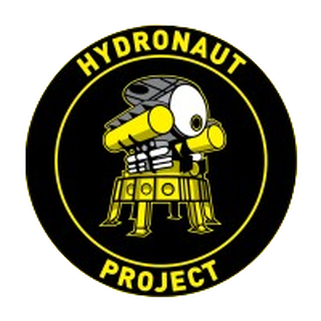 The Hydronaut project is an underwater habitat that started operations in 2020 and is currently the scene for analog space research. Dr. Miroslav Rozloznik, a Flight Planner for the Austrian Space Forum, conducted an underwater analog space mission in 2021 that was fully dedicated to science. The week-long mission, in which three analog astronauts participated, included a two-day underwater stay, and featured an EVA. Scientist-on-Board, Dr. Miroslav Rozloznik from Slovakia, conducted numerous experiments in the areas of physiology, microbiology, medicine, and space psychology. Dr. Rozloznik explained “Conducting underwater analog missions complements Moon or Mars simulations in land-based habitats. While we might not be able to test rovers, drones, or rock sampling procedures, the feeling in the underwater habitat is much more space-like. I felt very detached from Earth, even the support diver appeared like an alien, when he was looking into our porthole, dressed in his diving suit. The underwater habitat also offers the possibility to simulate more complex conditions like long periods of darkness, or variation in temperature and humidity. Furthermore, the ‘psychological safety net’ of being able to open the door and get help in case something happens, is not there. We can leave the habitat but will face several hours of decompression in cold water before we are back in a safe environment.” Part of the underwater experiments focused on the internal environment of the habitat, gathering data relating to air quality, temperature, humidity, and the microbiology of the habitat. Another area of research was dedicated to the medical and physiological well-being of the divers. Dr. Rozloznik tested novel diagnostic instruments, for example, a remote stethoscope that transmitted real-time heartbeat and breathing rates to a doctor located in the mission control center. Such equipment will be very useful for future space exploration and also has many applications for telemedicine on Earth. The crew also tested various biosensors, allowing for comparison and cross-link between physiological, neurophysiological, and psychological measurements. Author: Karin Brünnemann, PMP®Karin Brünnemann is PMI Slovakia’s first interplanetary project manager. Karin has more than 25 years of experience managing global strategic projects. She helps companies during phases of cultural change and digital transformation. Apart from being a PMP®, Karin is also a certified trainer for intercultural management. She is currently using her project management expertise in her work as a Flight Planner for the Austrian Space Forum’s AMADEE-20 analog Mars mission.
The AMADEE-20 analog Mars mission took place in Israel’s Negev desert during October 2021. Over the course of four weeks, an international crew of six analog astronauts conducted a number of experiments to study human behaviour and well-being; tested technical equipment, vehicles, and space suits; and deployed platforms and procedures in the areas of geoscience and life detection. A further aim of this Mars simulation was the development of a state-of-the-art Mission Support structure. I joined the AMADEE-20 team as a Flight Planner two years ago. In this role, I have been using my project management skills to help prepare and conduct scientific experiments as a member of the Mission Support team. Each experiment can be viewed as a subproject in itself and needs to be managed meticulously. 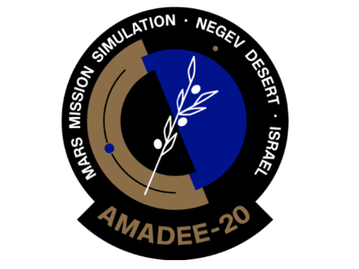 Sarah Feilmayr/OeWF (Austrian Space Forum)© Sarah Feilmayr/OeWF (Austrian Space Forum)© There are many similarities between my work as a Project Manager on Earth and my assignment as a Flight Planner for the analog Mars mission. To begin with, a Mars mission, whether simulated or real, is of course, a project. It is humanity’s most challenging, complex, risky, and expensive project. Like any other project, it can be divided into process groups. I started work on the AMADEE-20 Mars simulation during the planning process. One of my main tasks as a Flight Planner at this stage was to obtain a full and very detailed description of the experiments (subprojects) I had been assigned to. The output of these descriptions are documents comparable to a project charter. Since time “on Mars” is very limited during the mission, resources have to be assigned very carefully to the different experiments (subprojects) in order not to run into any resource conflicts. Furthermore, just like international projects on Earth, (analog) astronauts and Mission Support team members will experience cross-cultural differences and will be trained to handle them. One major difference between the projects I am normally working on, and this Mars simulation is the detail to which experiments (subprojects) have to be managed. Usually, I plan tasks for my project teams on a daily basis. For analog Mars projects, we have to plan tasks in time slots of 15 minutes. During a simulated and later real Mars mission, astronauts must wear space suits to protect themselves from the hostile environment on our neighbouring planet. As it takes a long time to put on a space suit and as they are very heavy and not comfortable to wear and work in, the time the astronauts can spend outside their habitat is very limited and therefore, very valuable and must be scheduled in great detail. Another difference is the high risk to human life and well-being, as well as to the safety of the usually very expensive equipment. Communication also poses a big challenge. The entire team has to almost learn a new language, consisting of many acronyms specific to space exploration. Simple Earth-words like “yes” and “no” are not used, since they can easily be misunderstood; we use “affirmative” and “negative” instead to express approval or disagreement.
Despite these differences, as a certified PMP® and trained analog Mars Mission Support team member, I am well prepared to take on this challenge. And as a Project Manager, I am of course, very much enjoying to expand my skills beyond Earth and to be part of creating the future of space travel and project management. If you want to learn more about this analog Mars mission, please visit https://oewf.org/en/portfolio/amadee-20/. If you want to learn more about project management for analog Mars missions, please contact me at [email protected] or https://www.linkedin.com/in/karinbrunnemann/. Final blog from ESA-sponsored Dr Stijn Thoolen, from his series written while spending 12 months at the Concordia research station in Antarctica. Catch up on the rest of his fascinating blogs by following the links: Part 1, Part 2, Part 3, Part 4, Part 5, Part 6, Part 7, Part 8, Part 9, Part 10, Part 11, Part 12 Dr Stijn Thoolen Medical Research Doctor, Concordia Research Station, Antarctica L’Astrolabe icebreaker, December 15, 2020 Sunlight: 24 hours a day, but tomorrow, as we head further north, it will set again Temperature: Around 0 °C Mood: not sure how to describe it today. I am excited and just feel very lucky. It’s midnight. Since our departure some hours ago the sun has steadily moved towards the horizon behind us, and it has started to paint the sky in colours that make me think of winter again. Huge icebergs are slowly passing by, and every once in a while there is a bunch of curious penguins waving us goodbye from their ice floe. Not much earlier I saw a seal chilling, and there have been whales too. In the very far distance I can still recognise the enormous ice mass on which we have been living our lives the past year. It’s my last view of the Antarctic, and it’s perfect. Standing here alone on the deck of the Astrolabe surrounded by all this beauty I have found myself a special opportunity to appreciate once more where the #$%!! (beep) we have been all this time. It is just so different there on top of the ice, so far away from the rest of the world, that as we are slowly being re-introduced to civilisation I am having a hard time believing it actually happened. With all the changes that we have gone through lately and with all the new impressions time has gone fast, and it has made Concordia feel like a distant, almost unrealistic memory. Like ages ago, even though it has only been eight days since we left… It started when the ‘orange and fat’ people (and kiwis!) arrived at Concordia about a month ago. With the start of the summer campaign our winterover isolation had come to an abrupt end, and I remember the calm, safe and familiar environment of the ESA lab feeling surprisingly pleasant after some intense hours of new social interactions. As a positive summer energy took hold of the station and fresh ESA MD Nick gradually took over the lab, there was no way for me to hide anymore. Unavoidable steps out of our rigid routines, but at that ‘c’est l’Antarctique’ rate of change that isn’t always easy to keep up with.
Our departure from Concordia last week was much the same. Emotionally numb from a lack of realisation of what was happening (or a lack of sleep the night before…) it just passed by so quickly, and surprisingly smooth. I said my goodbyes without any affection for the tears around me. I gave the station a good last look for the sake of memory. But when the plane started accelerating for lift-off, suddenly that strong desire came up to make it stop and bring me back safely into the station. Apparently part of me wasn’t ready to leave at all. Too big steps too quickly I guess, but lucky for me there were pilots taking care of that... |
Welcometo the InnovaSpace Knowledge Station Categories
All
|
UK Office: 88 Tideslea Path, London, SE280LZ
Privacy Policy I Terms & Conditions
© 2024 InnovaSpace, All Rights Reserved
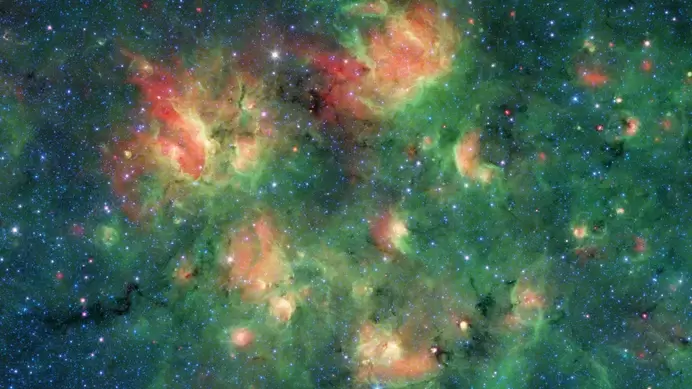

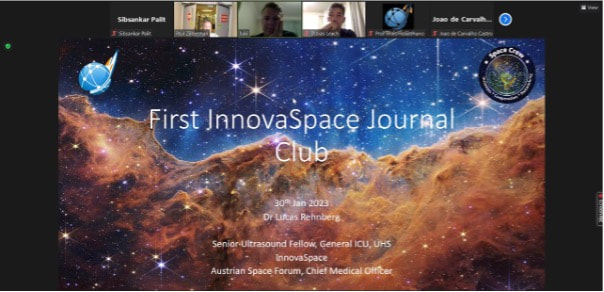


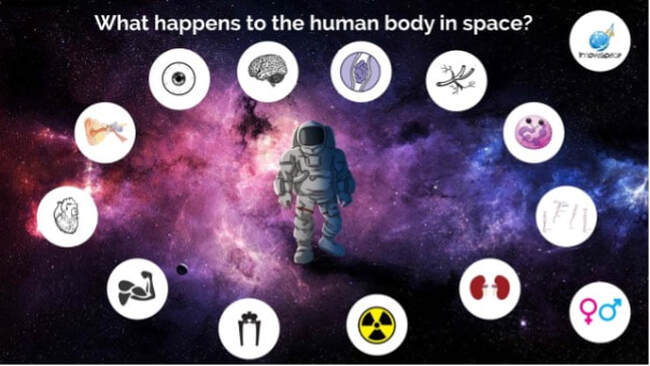
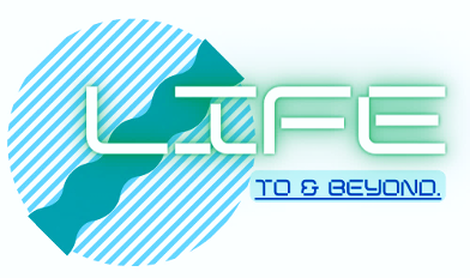
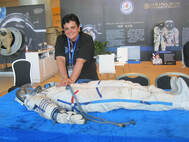

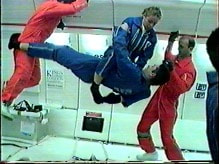
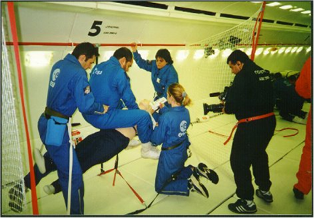
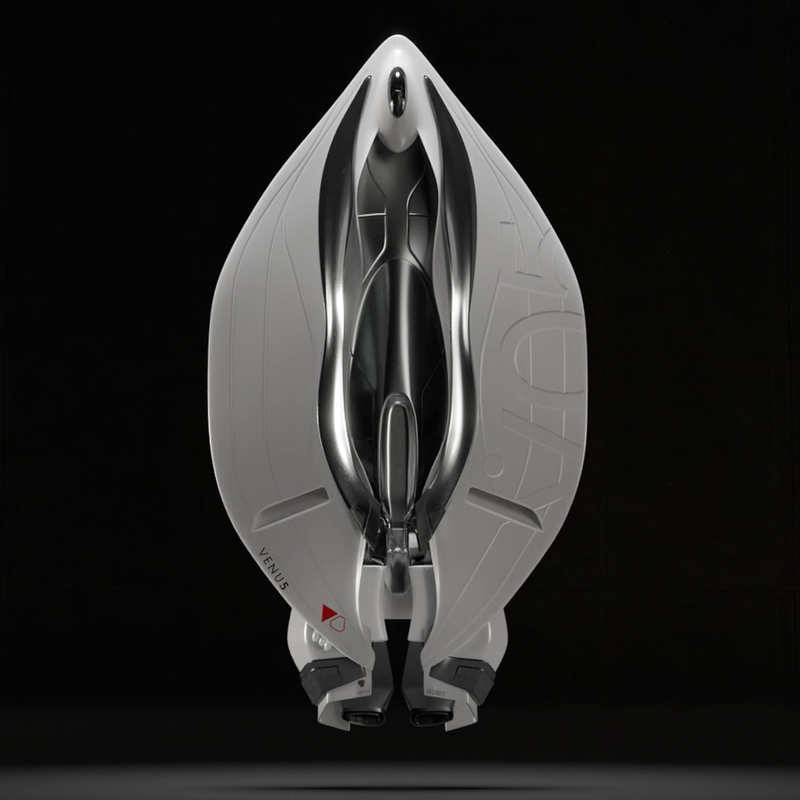
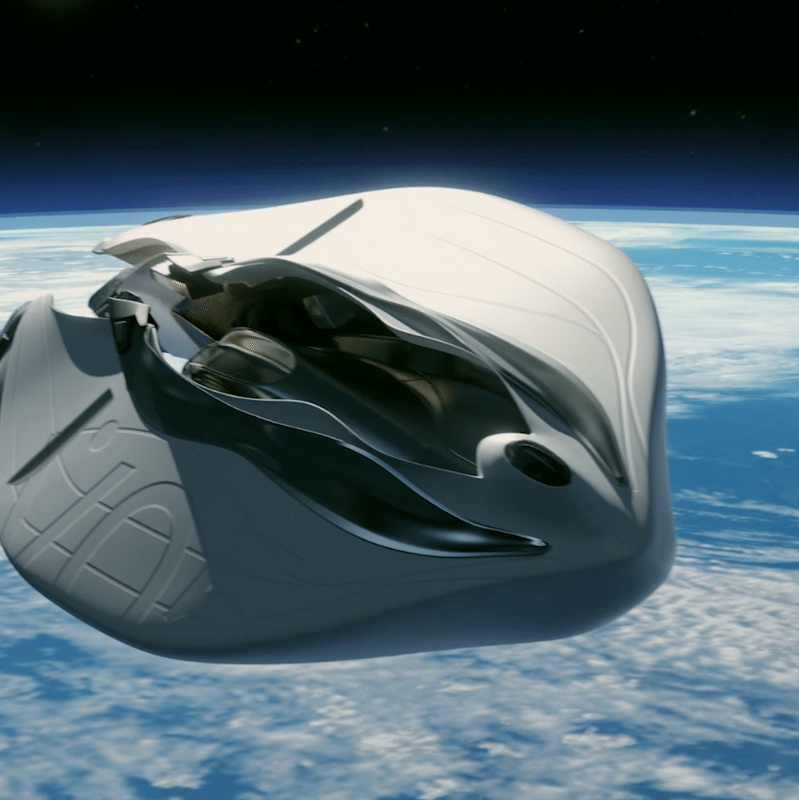


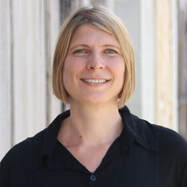

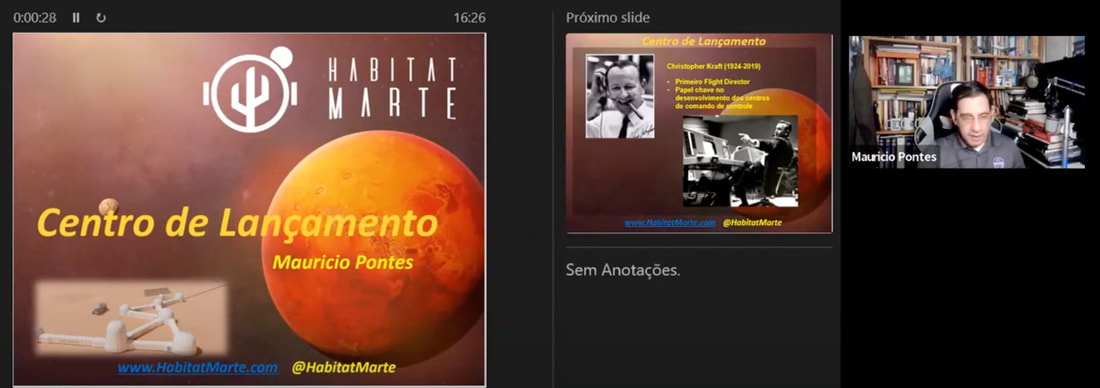
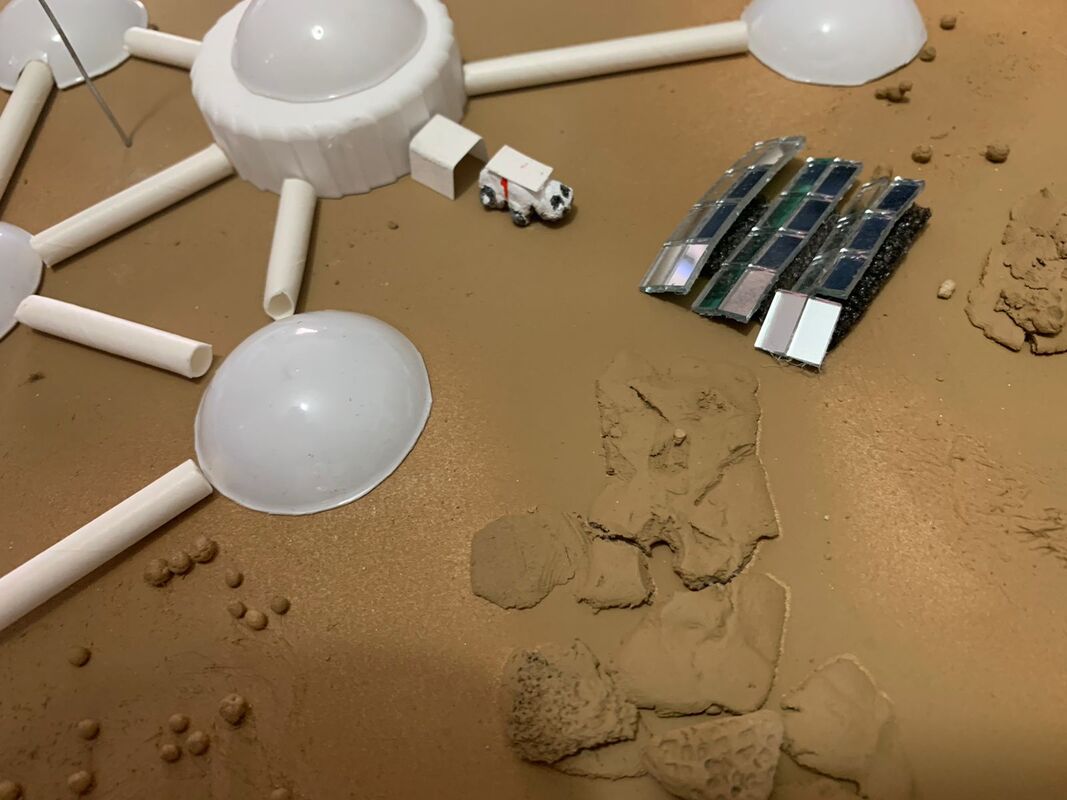
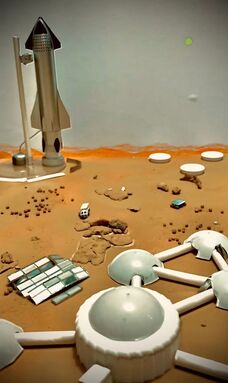
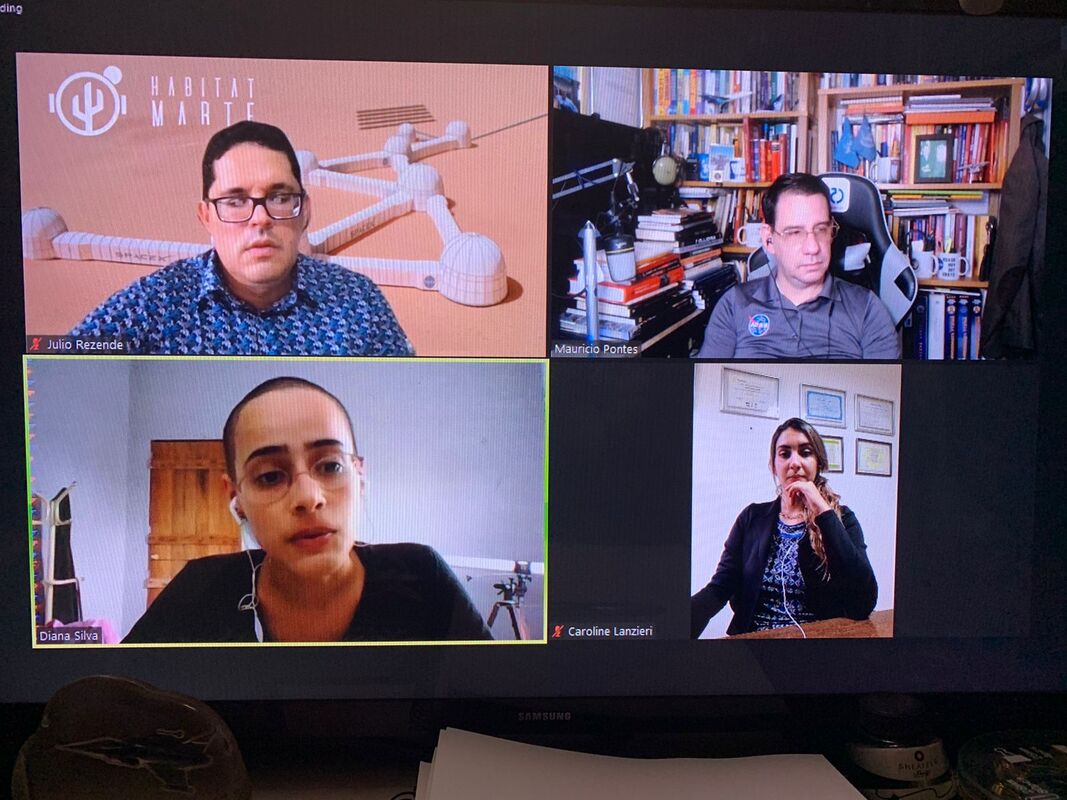
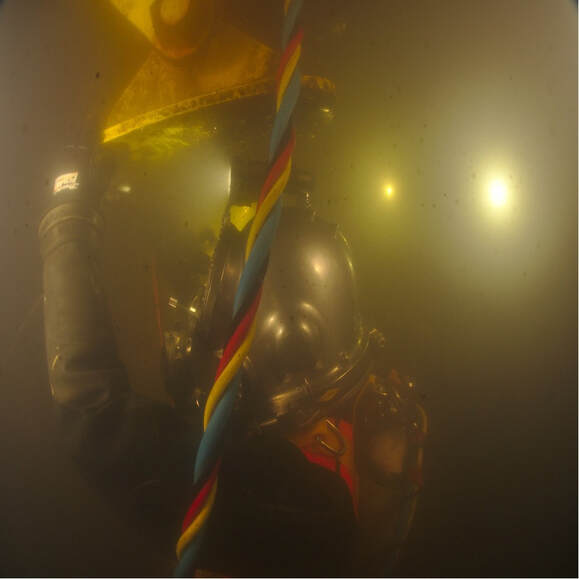
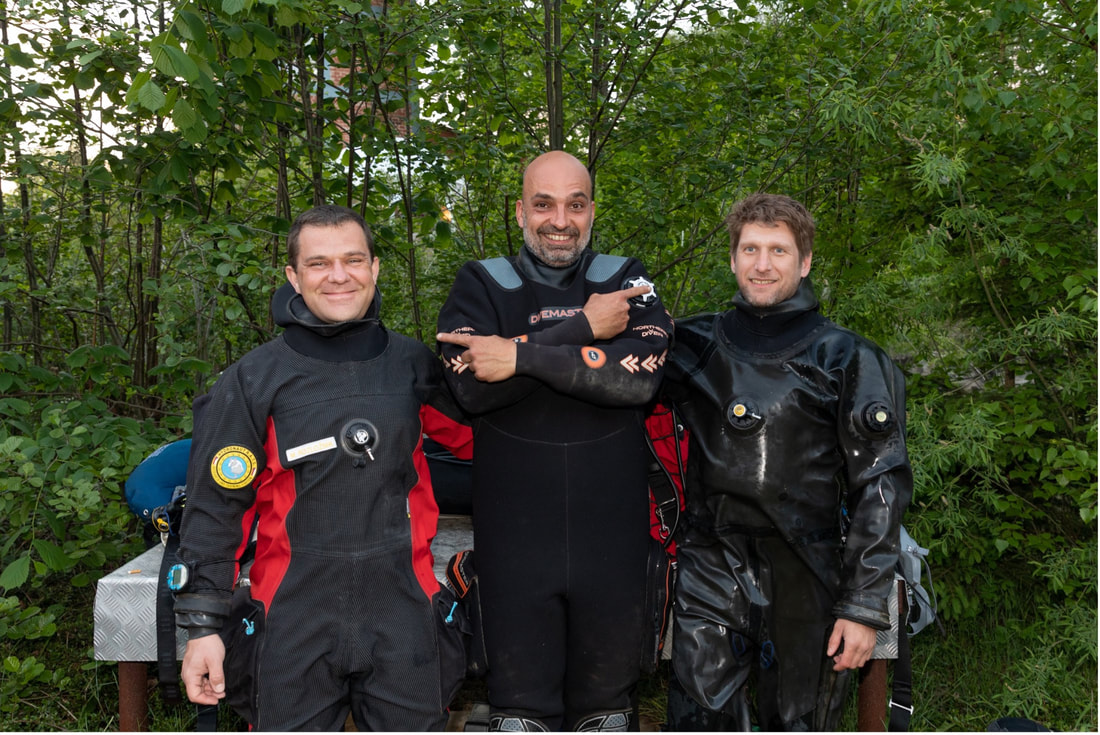
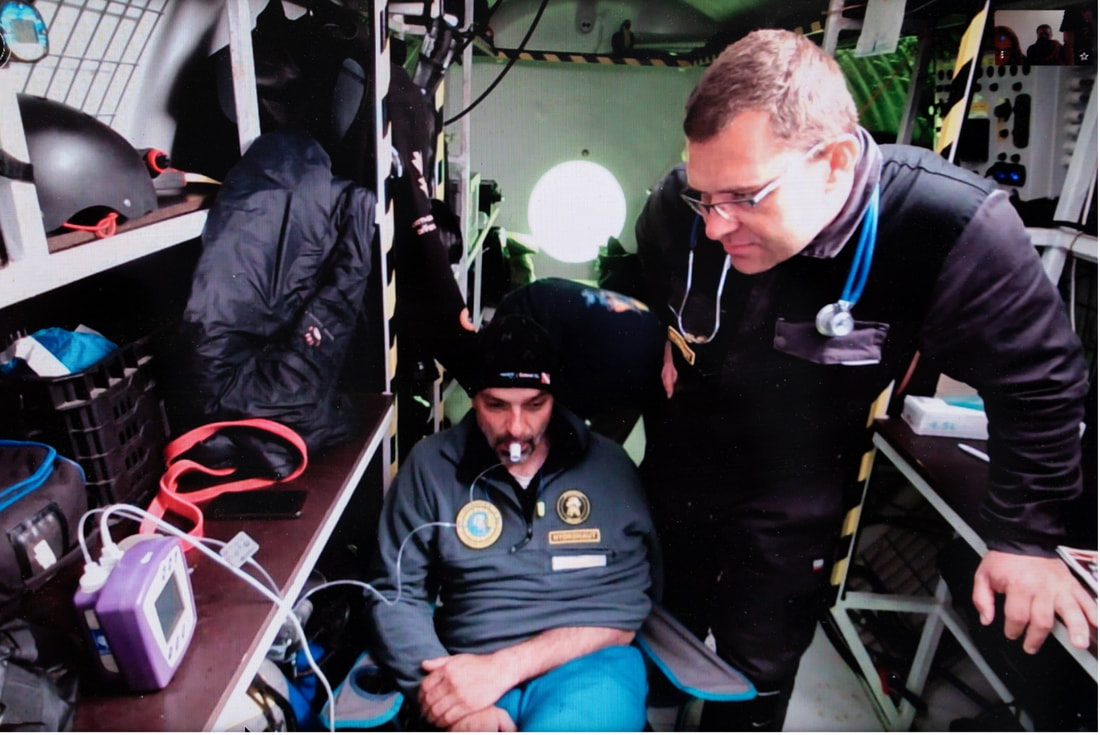
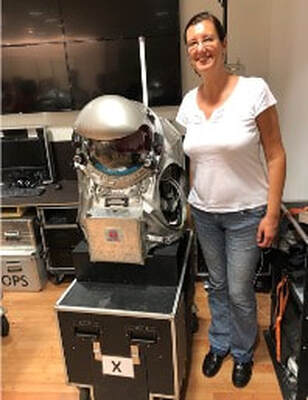

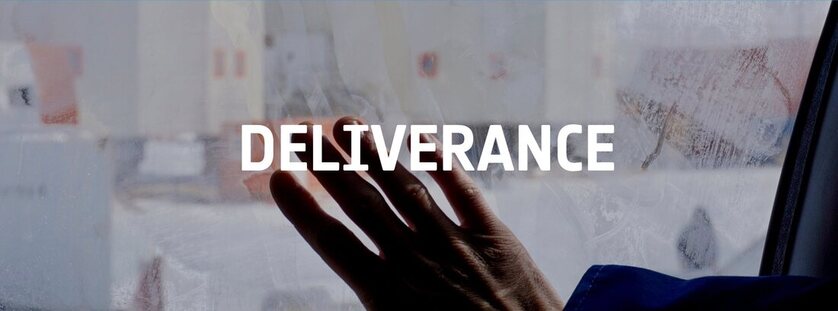
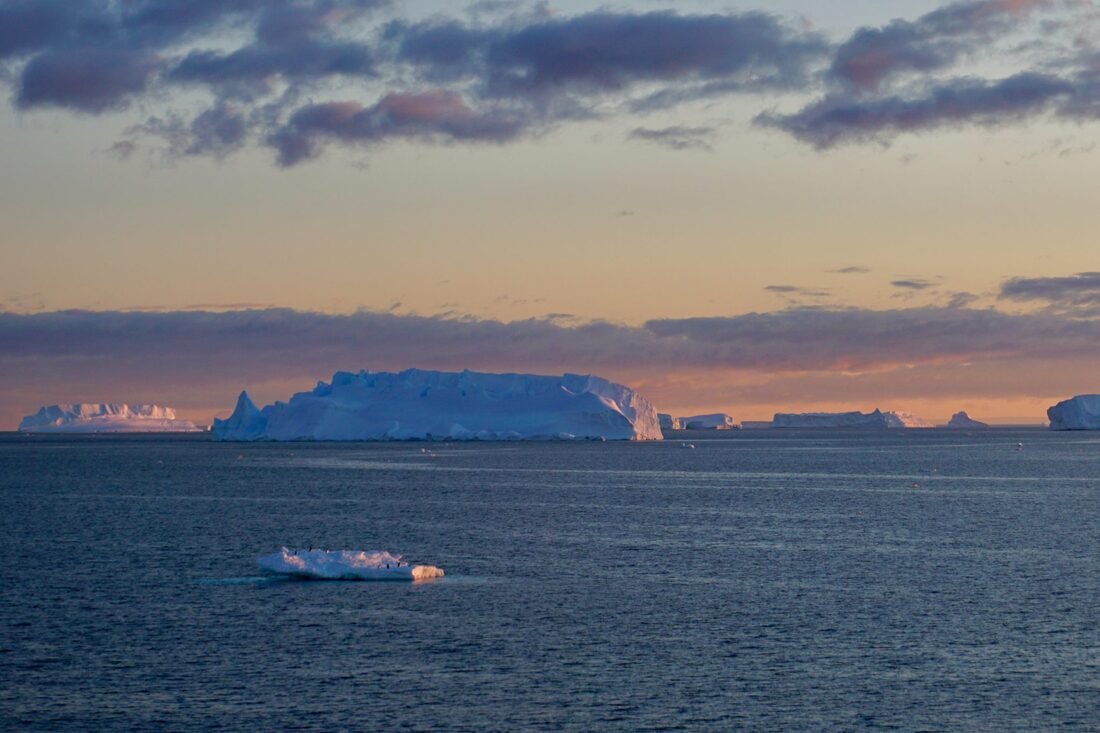
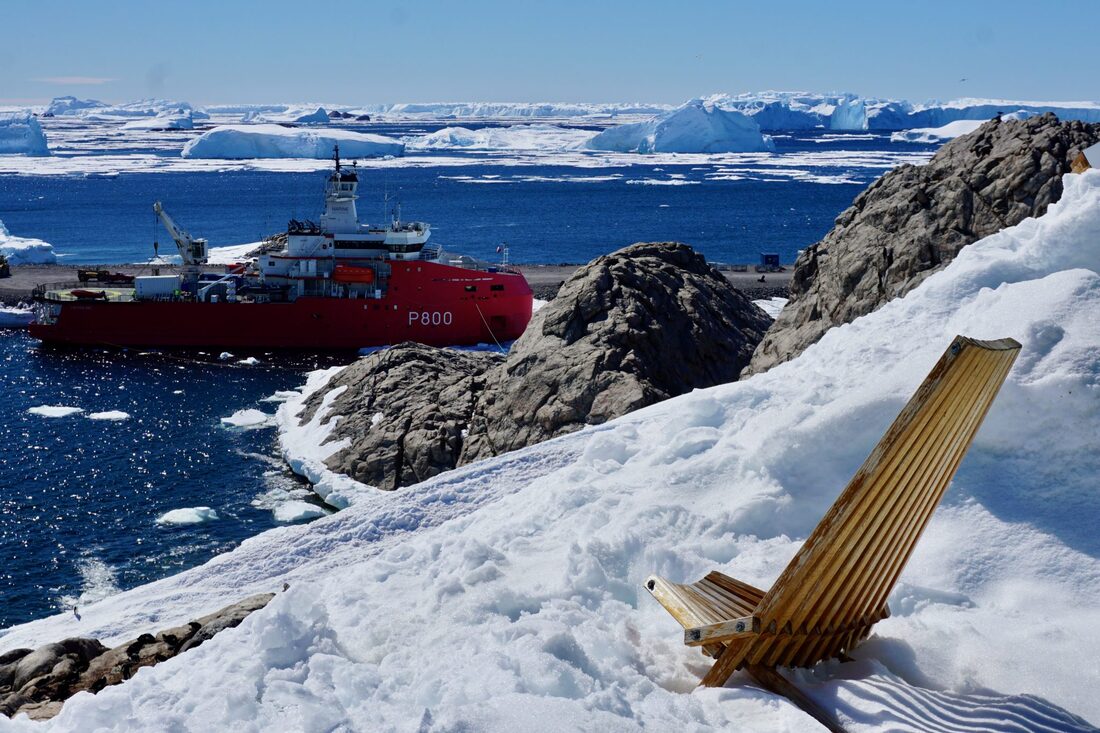
 RSS Feed
RSS Feed